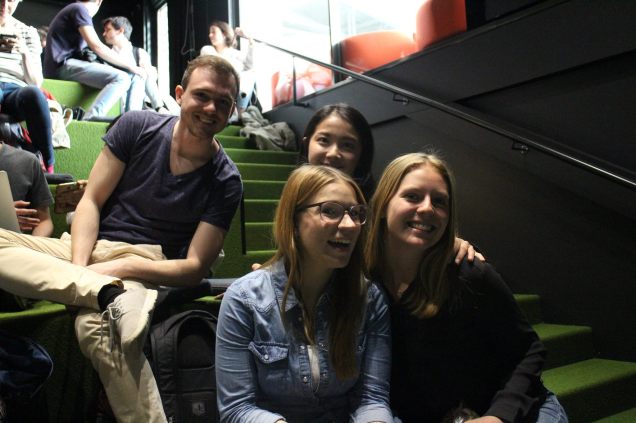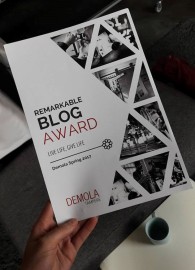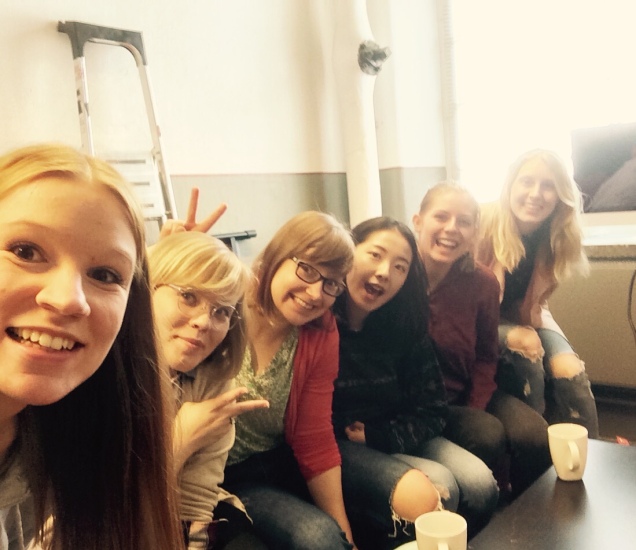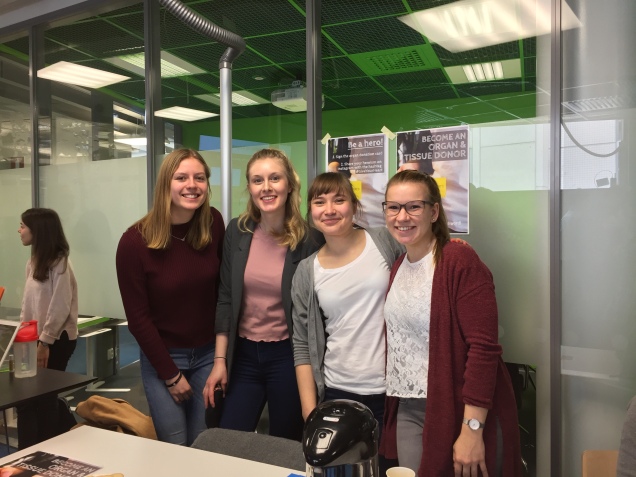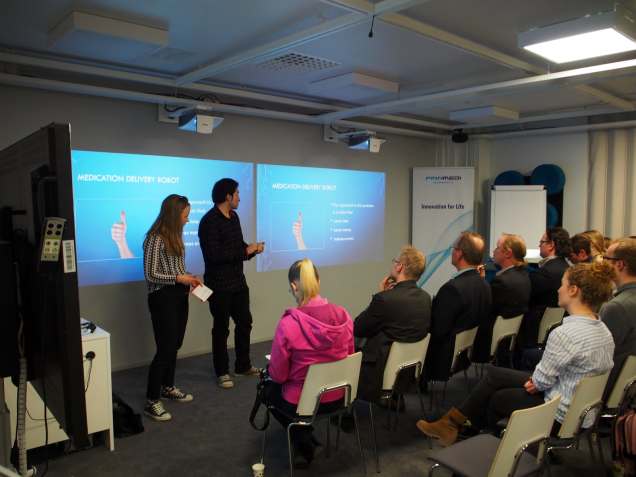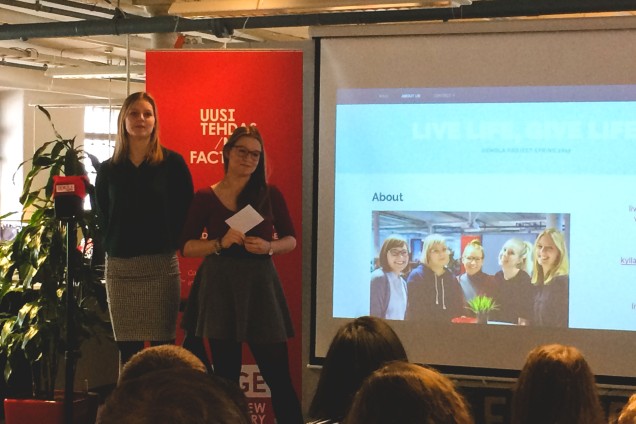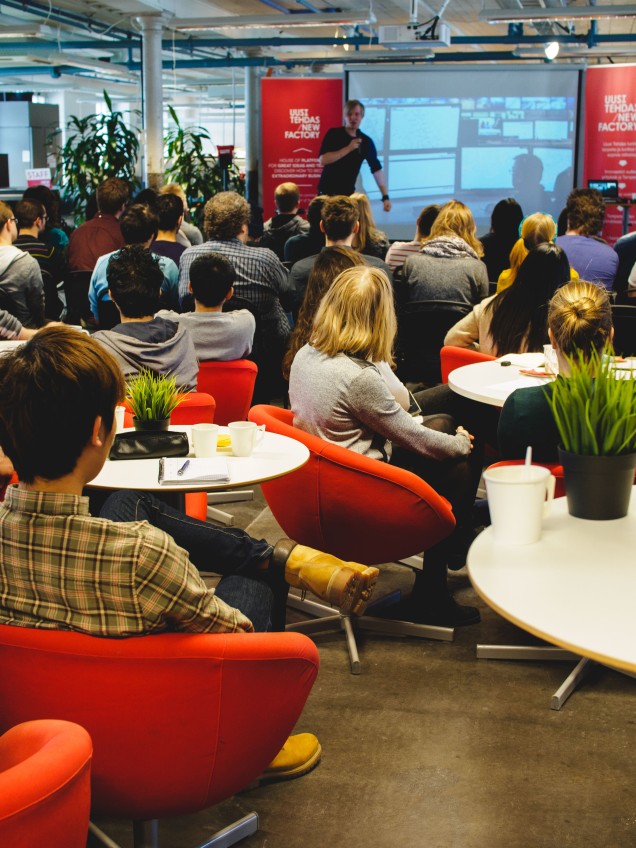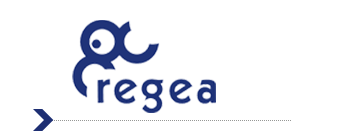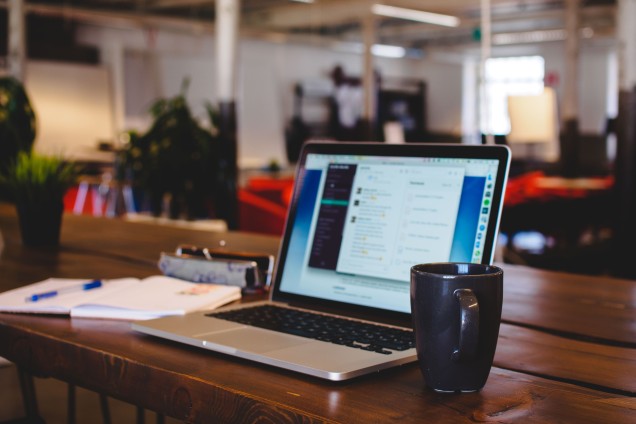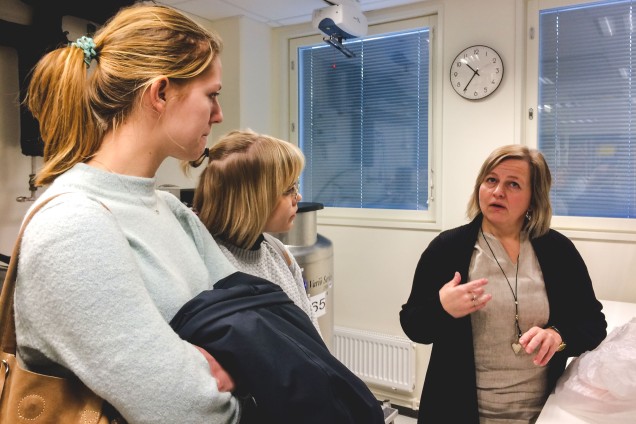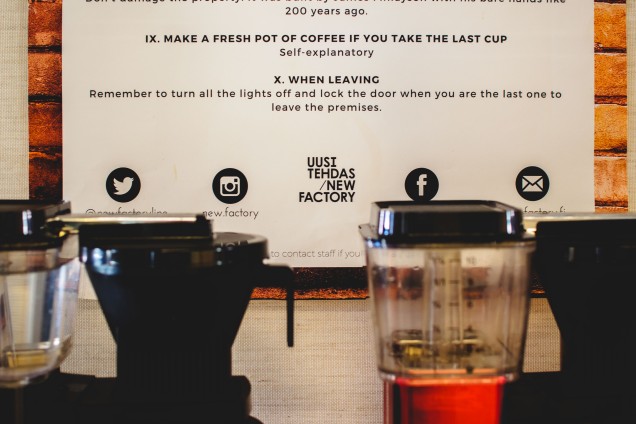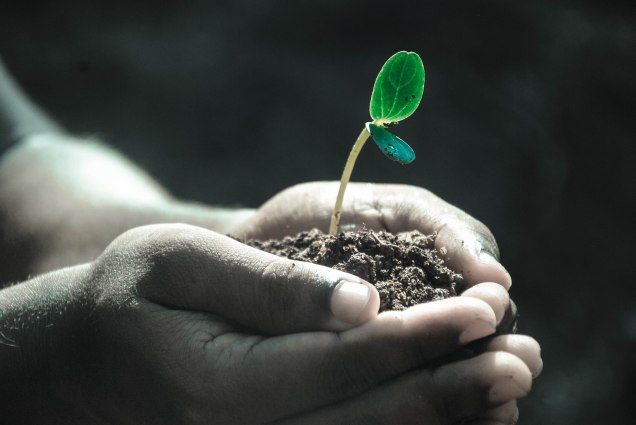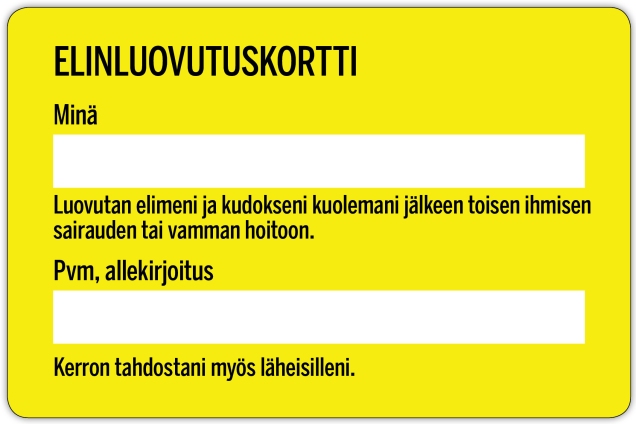Welcome to our blog! Here are introductions of our team members so you can get to know us better.
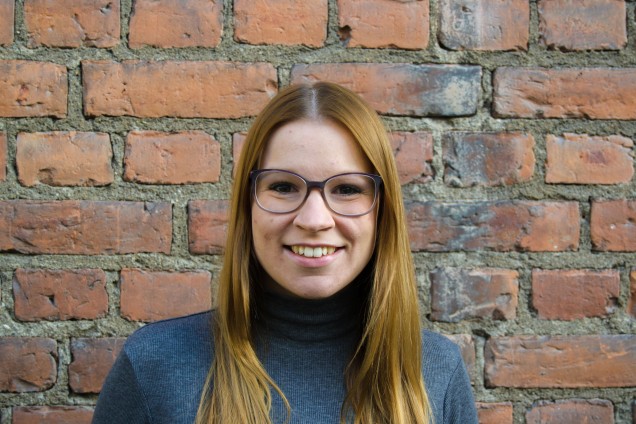
Sydney Loerch
I am Sydney, an exchange student from Germany studying Strategical Communication in the second year of Master’s Degree level.
In the context of the Live Life, Give Life! Project, I work in the function of a PR consultant which includes several tasks like conceptual development of communication measures, editorial writing and project management. The latter is also one of the reasons for being the project manager in the Live Life, Give Life! Team. In this project, I see the chance to develop my skills in an NGO environment by working for a good cause. On top of that, the most interesting and also significant aspect of taking part in this project for me is to really have an impact on people’s lives and the chance to save as many lives as possible.
Next to studying and the project I love to travel all around the world, especially to my favorite spot Australia. Moreover, I am totally interested in soccer, since I am born in Dortmund and because of that a passionate fan of the club Borussia Dortmund. The rest of my free time I spend on cooking delicious food (which brings a great added value to my life), doing sports and attending concerts.
If I were a superhero, I would like to be Batman, since unlike most superheroes, he does not possess any superpowers but it still able to achieve his goals just by his genius intellect, physical prowess, detective skills, science and technology and indomitable will. Seems like being a superhero is not as far away as one might think. 😉
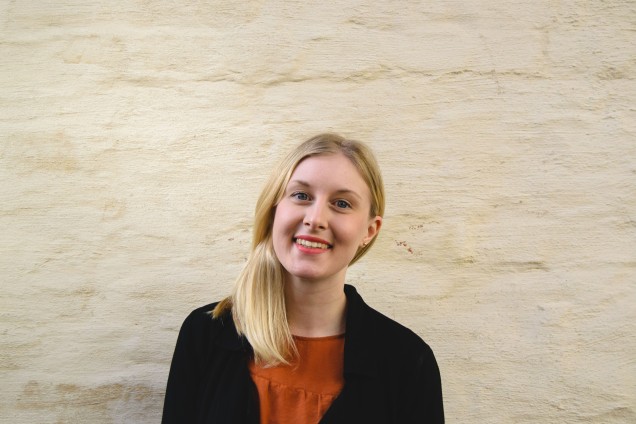
Amanda Vonk
My name is Amanda Vonk but most of my friends just call me Manda. I’m a 5th year bio-engineering and industrial management student from Tampere University of Technology (TUT) so almost at the edge of graduation.
I have always been extremely passionate about organizational work and so I have done it along with my studies the whole time I have studied at TUT. Last year I was a member of my university’s student union board responsible of international affairs and corporate relations. Therefore, during last year I got to know a lot of important people in the student union movement. My main role in the project is to coordinate the offline marketing, the marketing channels and manage the relations to possible sponsor companies. Additionally being the only engineer in the group I think I’m the one who eventually ends up doing process charts basically about everything. Still, there can never be too many process charts!
I got interested in the project mainly because with this you can really actually affect to something really big and change and safe actual lifes for ever. For me as a bioengineering student Regea is a familiar company but I really did not know that they were part of the organ donation circle. Therefore, one of the reasons for me to be in this project is to really get other people acknowledge how important issue we are talking about. We should lift the organ donation to the 21st century and let it be a thing that every one of us recognizes.
Otherwise I am a girl who is half Dutch and half Finnish and who should spend more time in her other home country than she does at the moment. Problem is that I love to travel to new places and discover new things so the Netherlands is not always in the top of my list of places to travel. Additionally I spend my time by doing, as already said, organizational work, I love to snowboard, but do not have enough time for it and have played piano since I was 6 years old. So all it needs to keep me happy is a passport, a snowboard and a piano! Talking about heavy luggage…
If I was a superhero my power would definitely be heightened senses. Then I would finally have a good enough hearing to tune my piano myself. 8)
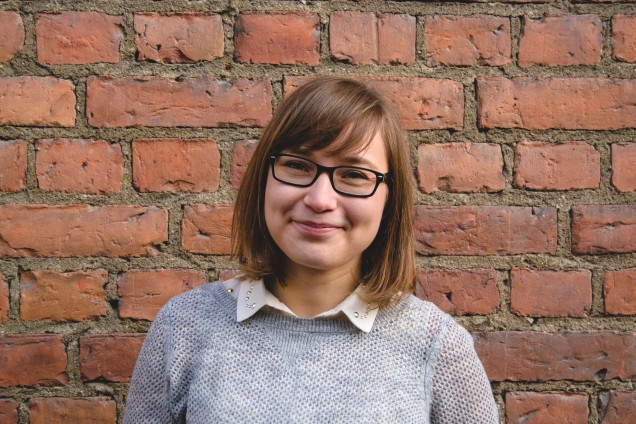
Meeri Pekkola
I’m our team’s representative in human sciences as this is my sixth year in German studies at the University of Tampere – although the reason I got in to this project had probably more to do with my minors communication and marketing than being able to speak German. In our project I’m focusing on media and taking care of this blog with Emma and Amanda.
Ironically, I didn’t have the organ donor card when starting with this project because I thought you didn’t need one nowadays. Wrong! Hearing about the Live Life, Give Life project, I learned that the issue is as topical as ever and I wanted to do my share in spreading the information. Of course it doesn’t hurt getting some hands-on working experience for the future at the same time.
When I’m not studying or working for the project, I’m most likely daydreaming about travelling around Europe or trying to figure out techniques in Brazilian jiu jitsu. If I were a superhero, I’d be Batman, because you can’t any cooler than him.
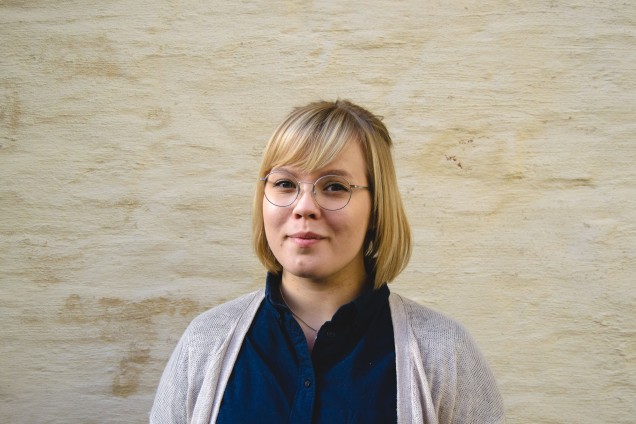
Emma Hanhiniemi
I’m Emma Hanhiniemi and I’m a third-year-student at University of Tampere. I major in Computer Science, in Human-Technology Interaction, to be exact. As you might guess I’m responsible for the tech part of this project – everything that it includes.
I’ve had an organ donor card since I was in junior high (and it probably wasn’t even valid back then) and having one has been self-evident for me ever since I learned about it. So, when I was scrolling through the Demola projects for this spring Live Life, Give Life! was the only project that I genuinely felt passionate about. I’m really excited to see what we can create!
I have a tendency to become excited about different things easily, but my biggest passions in life are probably travelling and food. Preferably at the same time. I also love playing video games and learning foreign languages – so far I can speak 6 different languages and I’m working on my 7th.
If I was a superhero I’d want my superpower to be able to download different skills to my brain from the internet – like in Matrix! There are so many things I’d love to learn and so little time. 😀
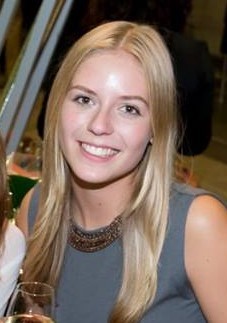
Esmee Segond von Banchet
My name is Esmee Segond von Banchet, and I am honored to say that I am also part of the Live Life Give Life team. I am contributing to the media and communications side of this project. I am an third International Business student from The Netherlands, and am currently enjoying my Erasmus in Tampere for one semester. My hobbies are hiking, running, going to the gym and travelling.
Organ donation has always played a major part in my life; my mother’s first husband gave away all of his organs, and in primary school, there was a student that needed an organ. Sadly, there was no organ for him. Since my 16th, I have been an organ donor. Being an organ donor is of great importance for me, and I hope that with this project, I can make more people aware about the topic and the importance.
